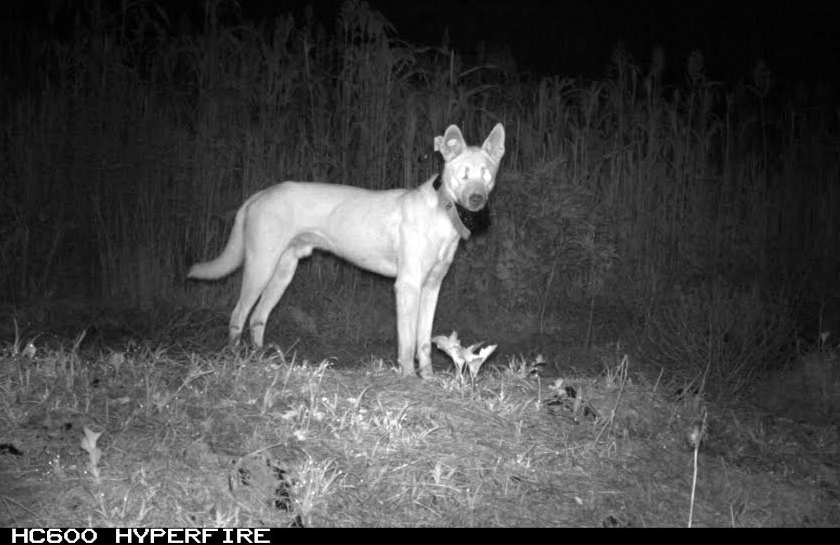
Newly published research results have shown the optimum 1080 aerial delivery rate of 40 baits per linear kilometre will successfully eliminate more than 90 per cent of wild dogs, to reduce their impact on agriculture, native wildlife, the environment and community.
NSW Department of Primary Industries principal research scientist, Peter Fleming, said the research was conducted at the request of the Australian Pesticides and Veterinary Medicines Authority, who needed scientific data to support the APVMA bait rate.
"In 2008 the APVMA reduced the aerial 1080 baiting rate to manage wild dogs in regional NSW from 40 baits to 10 baits per kilometre, following a national review," Dr Fleming said.
"Now, after conducting one of the largest, long-term projects of its kind we have the scientific evidence to support a rate of 40 baits per linear kilometre.
"From 2007 to 2013, 132 wild dogs were trapped and fitted with GPS collars, and tracked before and after baiting in north-eastern NSW.
"The study compared the two bait rates by quantifying the mortality rate of wild dogs in aerial baiting areas.
"Success was measured by the number of GPS-collared dogs which did not survive the baiting.
"The results were very clear, 90.6 per cent the wild dogs exposed to aerial baiting at 40 baits per kilometre died, just 55.3 per cent died at the 10 baits per kilometre rate and collared wild dogs, which remained outside the baiting zones survived.
"We are confident in recommending aerial baiting at a rate of 40 baits per linear kilometre to effectively minimise wild dog numbers in areas where they impact on the environment and community along the Great Dividing Range."
NSW DPI advises managers use follow-up control measures, including trapping and shooting, to keep wild dog numbers at acceptable levels.
Previous research has shown wild dog management programs need to reduce wild dog populations by at least 75 per cent to successfully manage the negative impacts of wild dogs.
The use of 1080 in controlling feral animals continues to play an important role in the protection of Australian native animal species.
Recently published in Wildlife Research 47, 'Aerial baiting and wild dog mortality in south-eastern Australia' https://doi.org/10.1071/WR18188, the research was funded and supported by NSW DPI, NSW National Parks and Wildlife Service, Australia Wool Innovation and the former Invasive Animals CRC.






